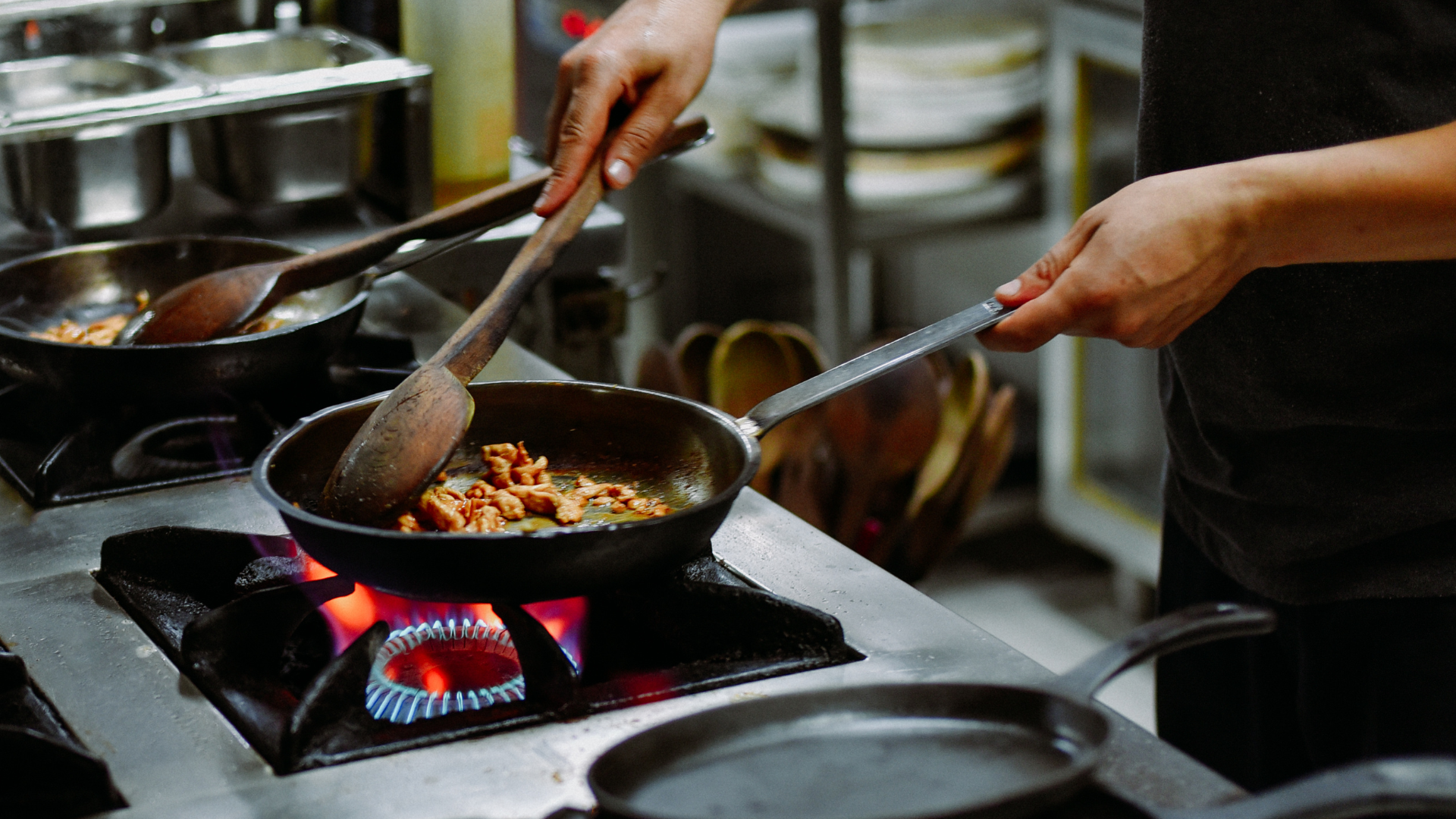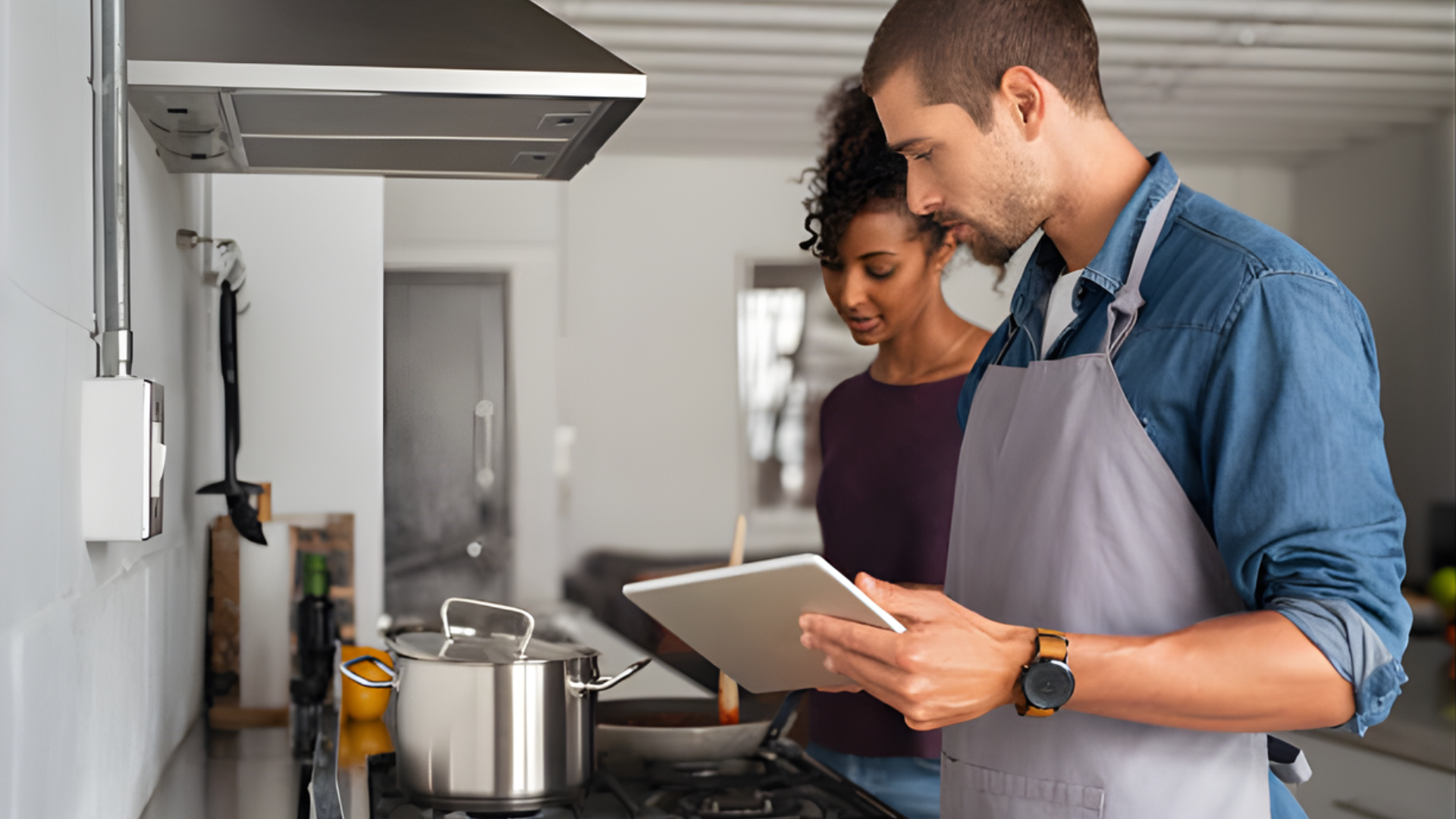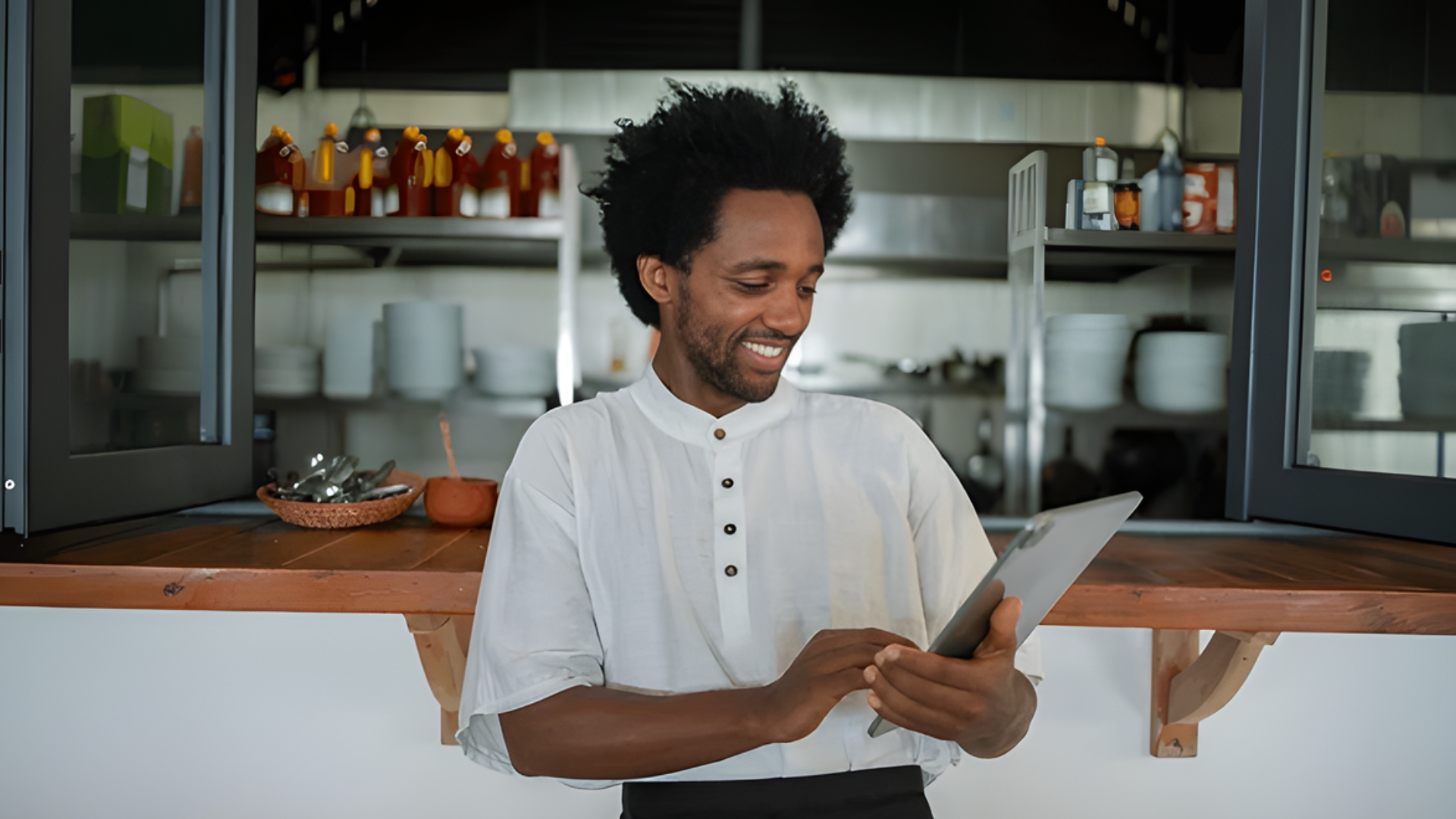November 25, 2025

Cloud kitchens were created to solve the challenge of modern dining: offering a digital solution to meet the growing demand for delivery. However, many existing platforms simply repeat traditional ordering methods. Instead of bringing real innovation, cloud kitchen owners end up with high commission fees, no control over customer data, and systems that don’t work well together.
These outdated platforms often trap owners in a cycle of rising costs and shrinking profits. It’s time for a better solution, one that solves these problems and gives cloud kitchen owners the power to regain control, streamline their operations, and increase profits.
A cloud kitchen ordering solution is a digital system that helps restaurants operating in delivery‑only or "ghost kitchen" formats manage online orders, deliveries, and customer interactions under their own brand. It processes orders from websites, mobile apps, or QR codes, routes them directly into the kitchen’s POS system, and dispatches delivery, either in‑house or via third‑party logistics.
These solutions integrate menu management, order tracking, inventory alerts, and marketing tools, creating an all‑in‑one system that reduces reliance on third‑party platforms.

A cloud kitchen ordering solution helps cloud kitchen owners by centralizing order management, improving order accuracy, and offering real-time inventory tracking. These benefits reduce operational costs and allow owners to scale their business while maintaining control over customer experience and profitability.
A cloud kitchen ordering solution pulls in orders from multiple channels, your website, mobile app, QR code, and third‑party platforms, into a single dashboard. This consolidation prevents the errors and delays that come from juggling separate systems.
According to the National Restaurant Association, restaurants are increasingly adopting digital platforms to streamline operations. For a cloud kitchen owner, this means clearer visibility into every incoming order, letting staff focus on cooking and delivery instead of admin chaos.
By consolidating online ordering, website/QR code orders, and delivery dispatch into one central system, cloud kitchens reduce manual workflows and boost throughput. The National Restaurant Association reports that restaurants adopting automation are better positioned to control food and labor costs.
For a cloud kitchen owner, this means tackling peak‑hour volume with fewer resources: faster order‑handling, fewer bottlenecks, and a smoother path to scale. A feature like direct POS integration supports this by making sure that the orders hit the kitchen system immediately, thereby reducing any delays and manual entry errors.
Cloud kitchens thrive on speed and tight margins, and real‑time inventory management gives operators the visibility and control they need to stay ahead. Modern inventory systems track stock levels, spoilage, and usage live, helping to prevent over‑ordering or stock‑outs that undercut profits.
For example, restaurants using real‑time tracking reported better cost control and fewer waste‑related losses.
A delivery‑only model naturally invites leaner operations, but the right tech stack amplifies that advantage. The cloud kitchen business model frequently lowers overhead by eliminating front‑of‑house expenses, and when paired with an AI ordering system that avoids high aggregator commissions and provides flexible deployment, it becomes highly scalable.
For the owner, this will mean capturing higher margins and expanding into new markets or brands without proportionally increasing fixed costs.
Cloud kitchens that leverage data analytics can optimize their operations by transforming raw data into valuable insights. Analytics tools enable operators to track order patterns, customer behaviors, and profit drivers, helping them make informed decisions.
With this actionable data, cloud kitchens can adjust menus, refine managed marketing strategies, and tailor promotions to match customer preferences, ultimately driving revenue growth and improving customer satisfaction.
Cloud kitchen ordering solutions equipped with marketing and customer engagement tools allow businesses to go beyond fulfilling orders. By automating loyalty programs, sending personalized offers, and engaging with customers through targeted smart campaigns, cloud kitchens can build customer loyalty and encourage repeat business.
This shift from just acquiring new customers to retaining existing ones increases customer lifetime value and creates a more sustainable revenue model.
A solid cloud‑kitchen ordering solution allows a kitchen to launch multiple virtual brands, test new cuisines or menu items, and pivot quickly, all without building new storefronts. According to analysts, cloud kitchens attract entrepreneurs because they offer “minimal investment, easier expansion and technology‑led operations.”
By consolidating ordering, delivery routing, and brand data under one platform, the solution makes it possible to scale into new markets or delivery zones with the same infrastructure, reducing risk and increasing flexibility.
Centralized management, real-time tracking, and better margins sound compelling. But benefits only matter if you have the tools to achieve them. Every advantage outlined above is powered by specific features working together.

A cloud kitchen ordering solution combines multiple tools and technologies into one platform. With these features, cloud kitchen owners can scale their business while maintaining control over brand and customer experience.
Also Read: How To Grow A Cloud Kitchen Successfully In 2025?
You now have a clear picture of what a cloud kitchen ordering solution can do: manage orders, track inventory, engage customers, and scale your business. But knowing the features exist and actually deploying them into your workflow are two different things.

Implementing a cloud kitchen ordering solution begins with assessing your current technology stack, workflows, and delivery channels, such as order entry delays, channel‑switching errors, or data silos.
Once assessed, a cloud kitchen ordering solution simplifies the entire process by integrating multiple order channels, such as a website and QR code, into one seamless system.
Implementation roadmaps look similar across platforms, but the execution differs drastically. The real question isn't how to implement, it's which platform makes each step more effective.
When a cloud kitchen operator looks for a partner to take their delivery business to the next level, the right platform doesn’t just capture orders; it improves operations, loyalty, and brand value. iOrders delivers a full‑stack solution built with this in mind, with features that align tightly to the needs of delivery‑first kitchens.
Key Features
A cloud kitchen ordering solution is the backbone of a modern, scalable delivery business. It brings together essential features like centralized order management, real-time inventory tracking, and delivery integration. Cloud kitchens that use such solutions can reduce reliance on third-party platforms, cut down on high commission fees, and maintain full control over customer data.
By optimizing workflows and automating processes, these solutions allow cloud kitchen owners to improve accuracy, reduce operational costs, and increase profitability.
iOrders offers a comprehensive solution for cloud kitchen owners looking to take control of their ordering, delivery, and customer data. With features like commission-free online ordering, iOrders helps increase customer retention and boost profitability. Book a free demo today to see how iOrders can help optimize your cloud kitchen and drive growth.
1. What is the billing software for a cloud kitchen?
Billing software for cloud kitchens typically integrates with POS systems, allowing operators to manage orders, payments, and invoices efficiently. Popular options often include features like real-time reporting, automated invoicing, and seamless payment processing to streamline financial operations.
2. Who is the CEO of Cloud Kitchen?
The CEO of a cloud kitchen depends on the specific brand or platform. For example, "CloudKitchens" was founded by former Uber CEO Travis Kalanick. Each cloud kitchen operator will have its own leadership, depending on the company.
3. How much does it cost to start a cloud kitchen?
Starting a cloud kitchen in Canada can cost between $50,000 - $150,000 CAD, depending on location, kitchen size, equipment, and technology setup. The largest expenses include kitchen equipment, initial inventory, and marketing.
4. How to get more orders for a cloud kitchen?
To get more orders, cloud kitchens can focus on improving their online presence, offering promotions, optimizing their website and app for user experience, and utilizing customer loyalty programs. Additionally, engaging in social media marketing and partnering with delivery platforms can increase visibility.
5. What are the 4 pillars of food security?
The four pillars of food security are availability, access, utilization, and stability. These pillars ensure that food is produced, accessible, nutritious, and reliably available over time.